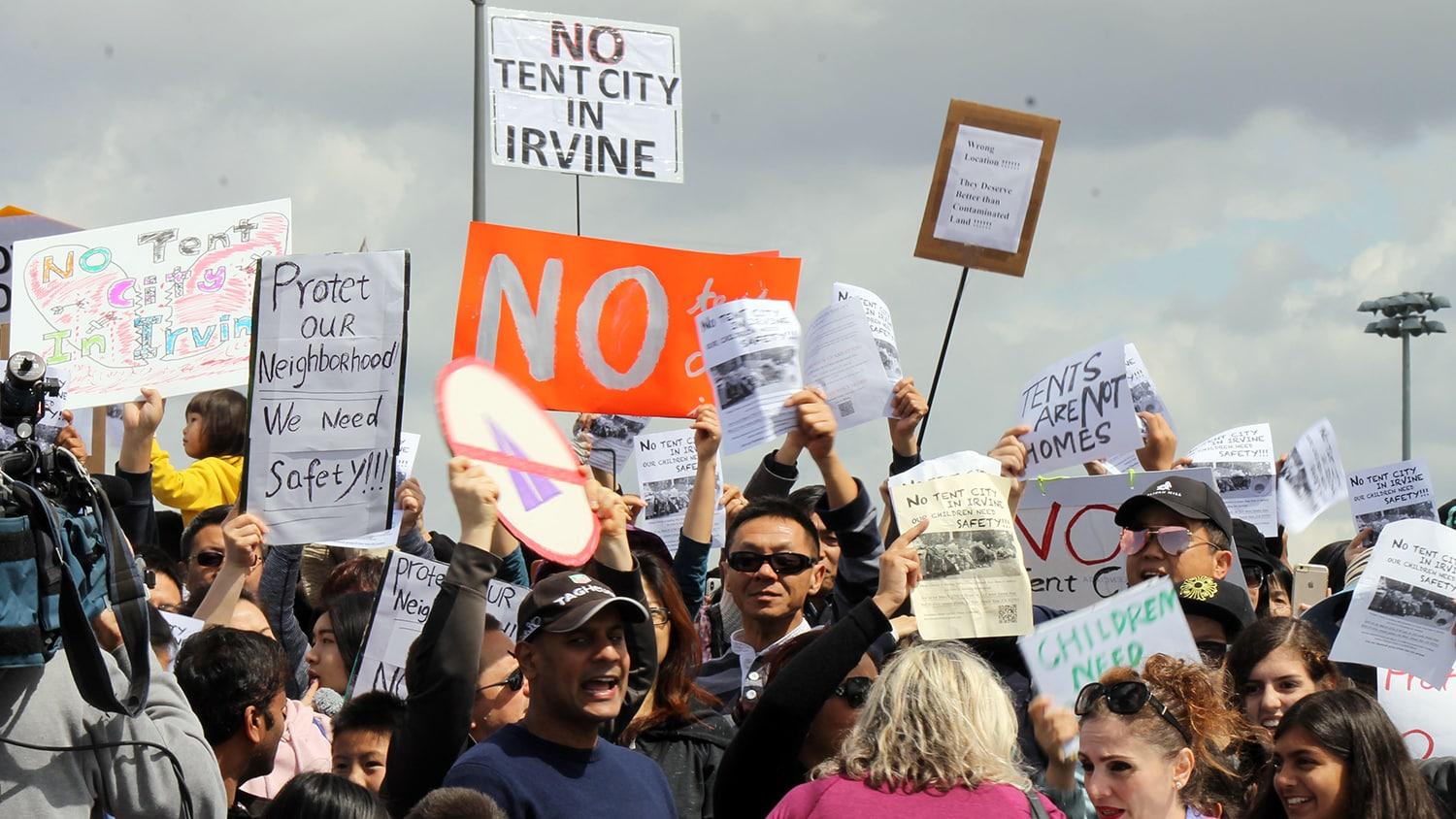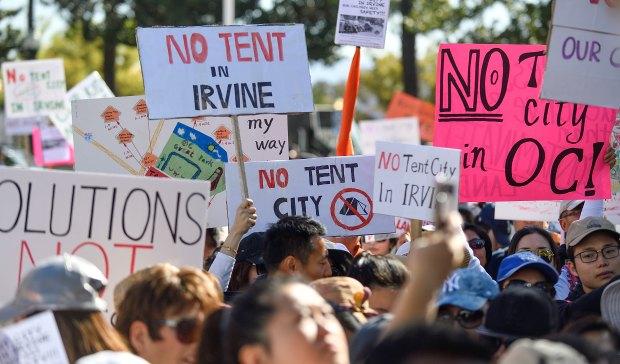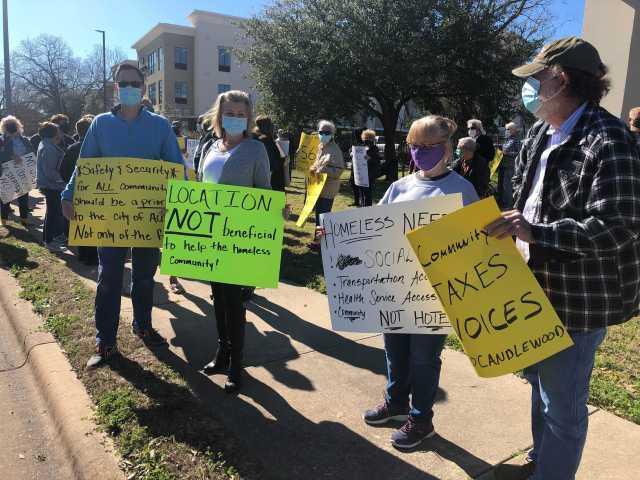Officials cleared a long-standing homeless encampment at a popular state beach. The move displaced dozens of individuals who had called the area home.
Many residents, like 63-year-old James Kingston, relied on the beach for their livelihood. This action marks a turning point in the state’s approach to homelessness.
How effective is the governor’s tough stance?

The state’s governor has taken a firm position on public sleeping. He issued an executive order to remove homeless encampments from public lands.
Cities and counties risk losing state funding if they don’t comply. Critics argue this approach fails to address the root causes of homelessness.
$24 Billion: A Drop in the Ocean?

California has invested a staggering $24 billion to combat homelessness. This includes $3.2 billion in grants for local shelters and services.
Despite this massive spending, the crisis persists. Experts estimate that solving homelessness in the state could cost up to $100 billion over a decade.
Where do the displaced go now?

The beach cleanup leaves many homeless individuals without a place to stay. The county has only 23,000 shelter beds for over 75,000 homeless people.
This shortage creates a critical challenge for those evicted from the beach. Social workers struggle to find alternatives for the displaced.
Local vs. State: Who’s Calling the Shots?

A complex web of jurisdictions complicates homelessness management. The beach cleanup involved city, county, and state agencies.
This multi-layered approach often leads to confusion and inefficiency. Experts call for better coordination to address the crisis effectively.
What’s behind the surge in homelessness?

California’s homelessness crisis has roots in various factors. Skyrocketing housing costs play a significant role, with median home prices exceeding $800,000.
Mental health issues and substance abuse also contribute to the problem. Addressing these underlying causes remains a challenge for policymakers.
The Human Cost of Cleanup Operations

Behind the statistics are real people facing difficult circumstances. James Kingston’s story highlights the human impact of these cleanups.
Many homeless individuals lose not just shelter, but also their means of survival. The psychological toll of repeated displacements is often overlooked.
Innovation in Homelessness Solutions: What Works?

Some cities are exploring innovative approaches to homelessness. Tiny home villages have shown promise, housing hundreds at a fraction of traditional costs.
Other initiatives focus on job training and mental health support. These programs boast success rates of up to 70% in helping people transition off the streets.
The Ripple Effect on Communities

Homelessness affects more than just those without shelter. Local businesses report declining sales in areas with large encampments.
Property values can drop by up to 15% in affected neighborhoods. Balancing compassion with community concerns remains a delicate task for officials.
What does the future hold for California?

As California grapples with homelessness, the path forward remains uncertain. Some experts predict the crisis will worsen before it improves.
Others see hope in new technologies and social programs. The next few years will be crucial in determining whether the state can turn the tide on this pressing issue.


